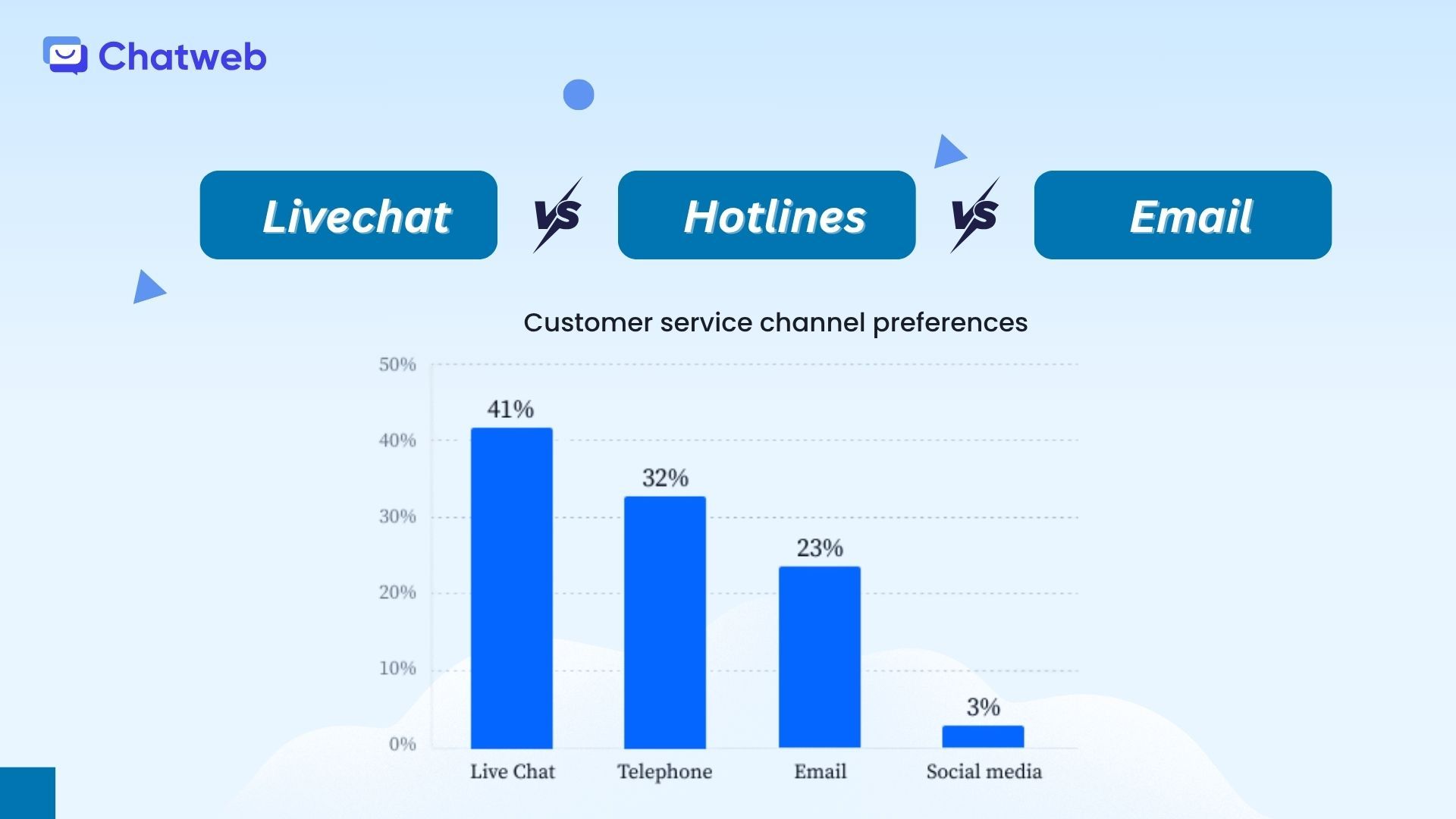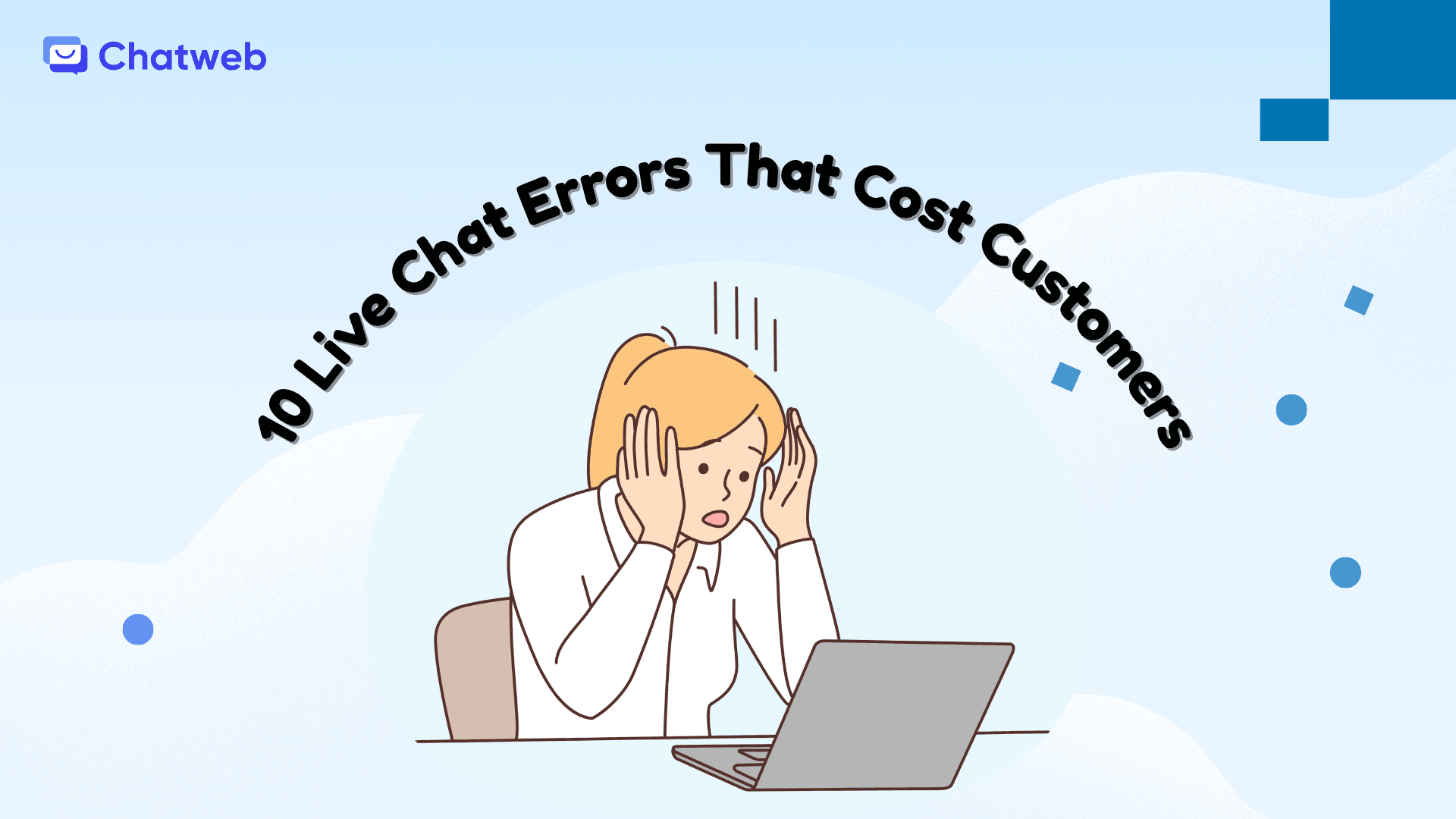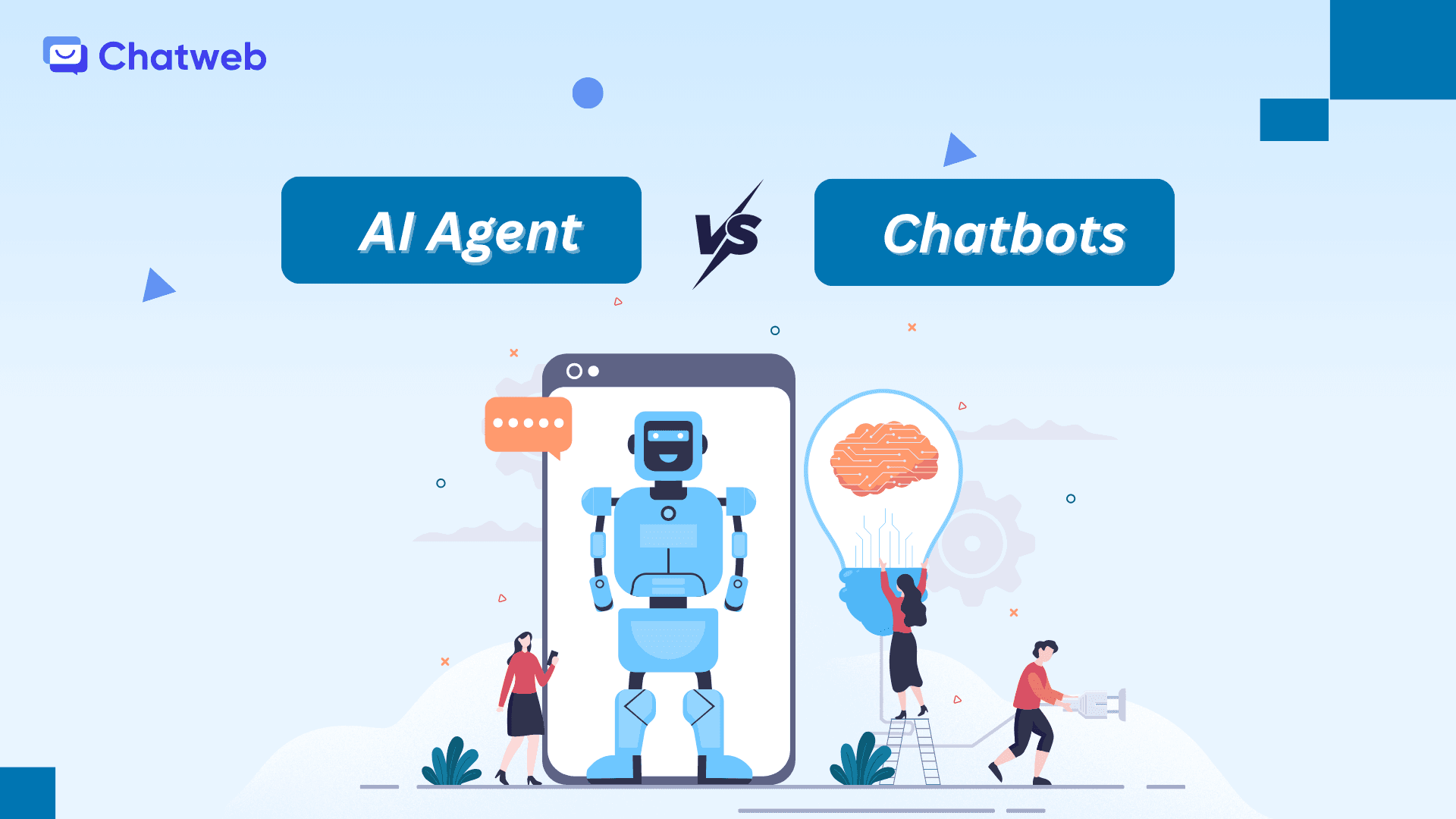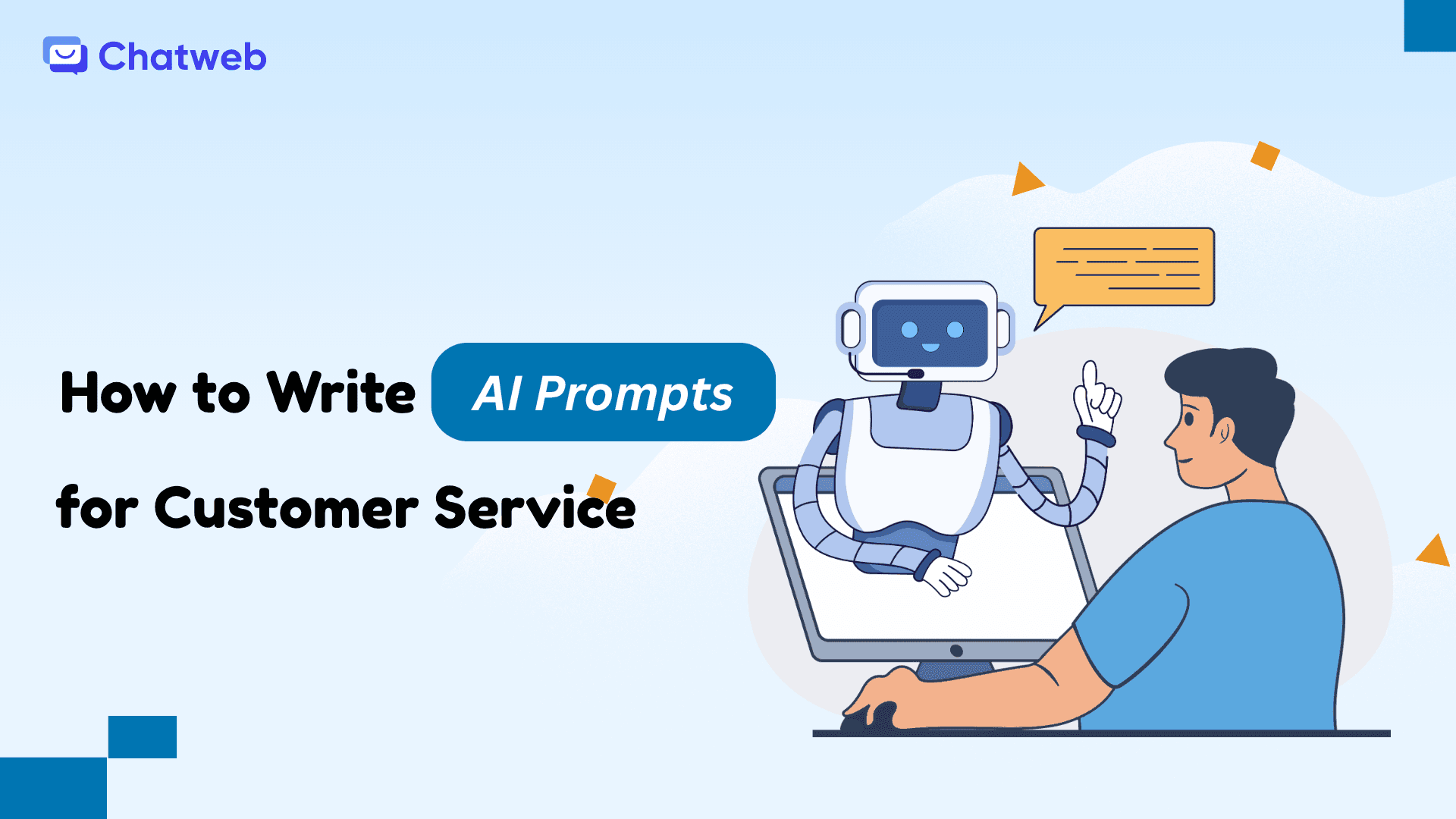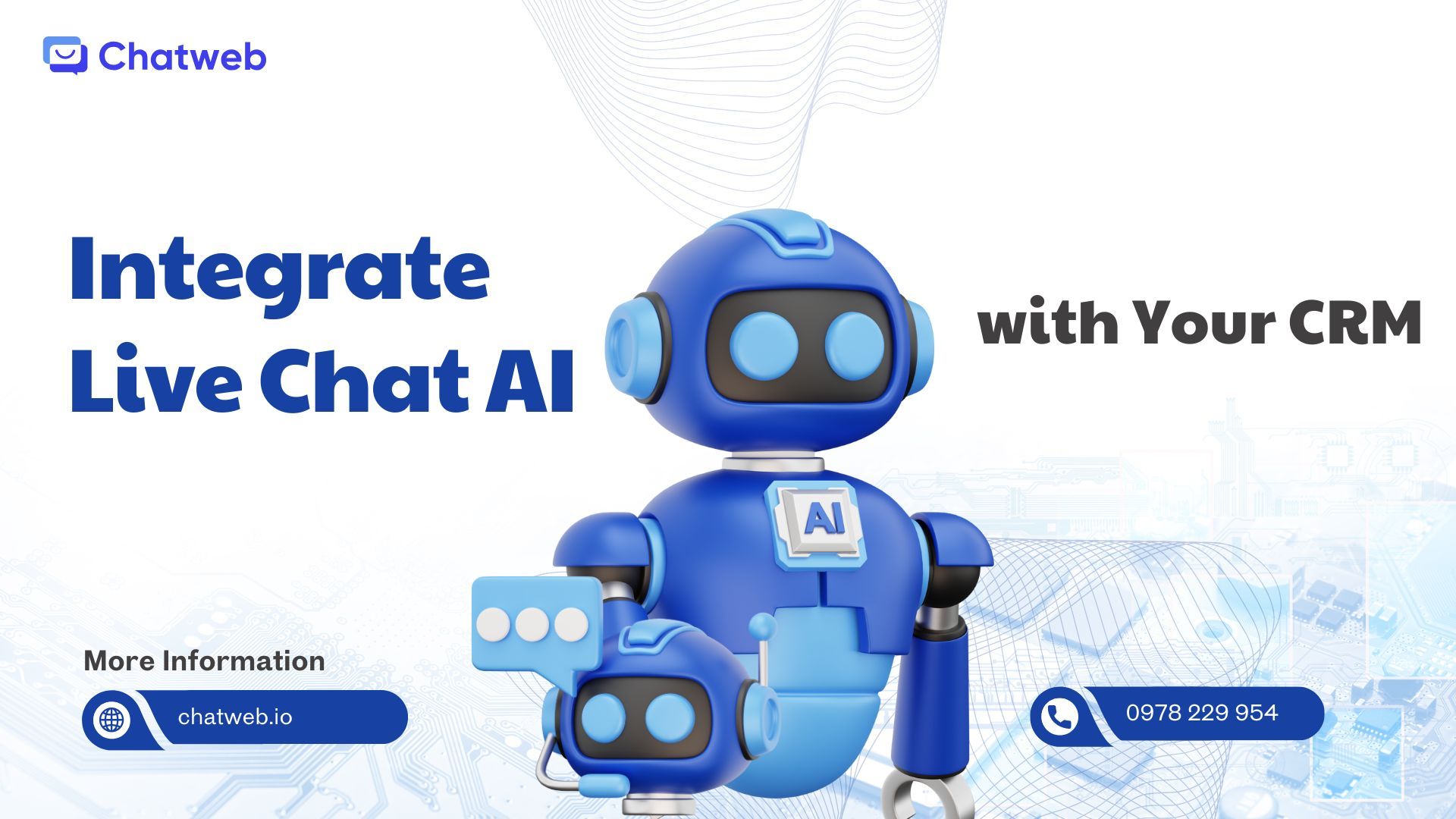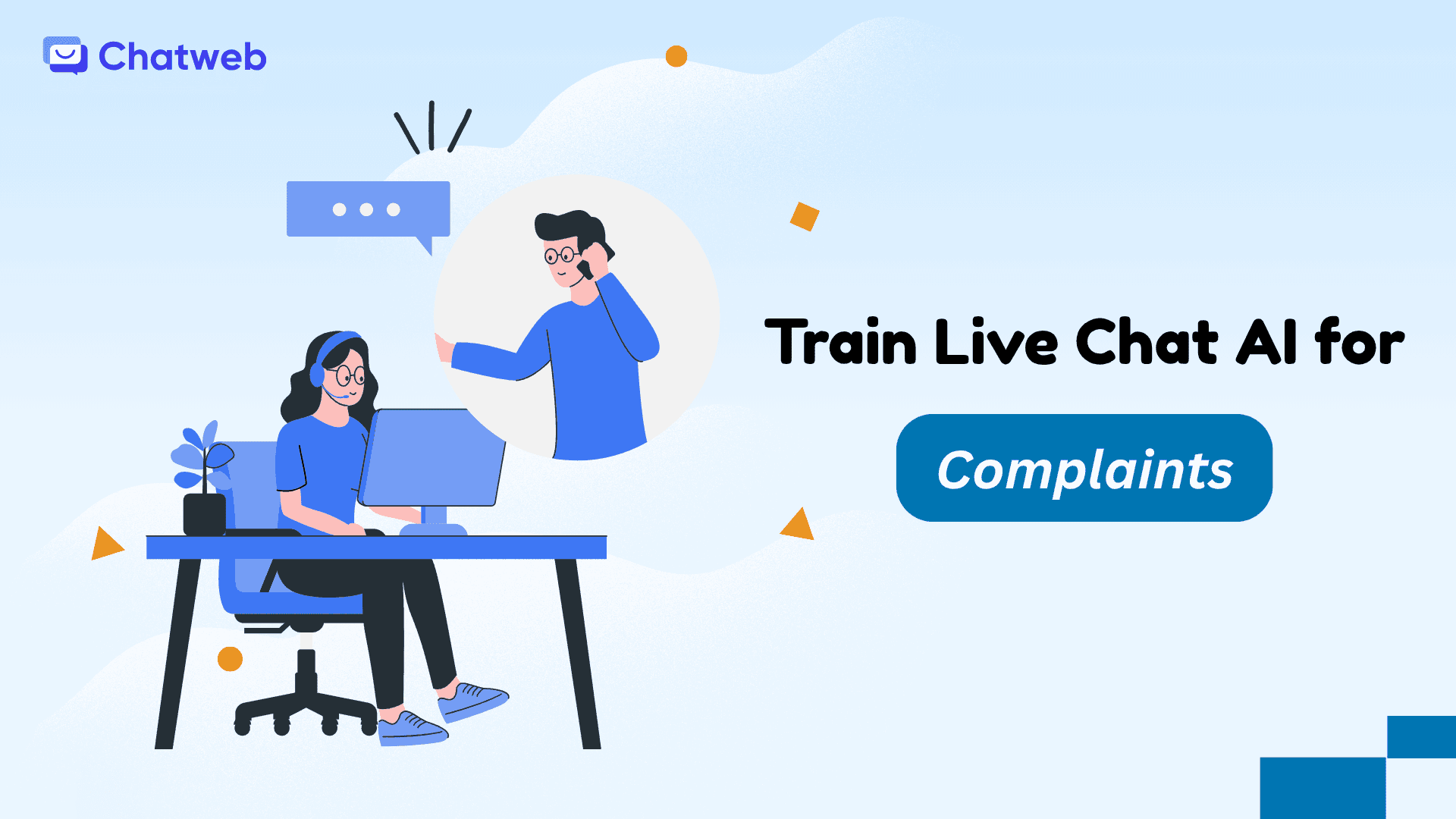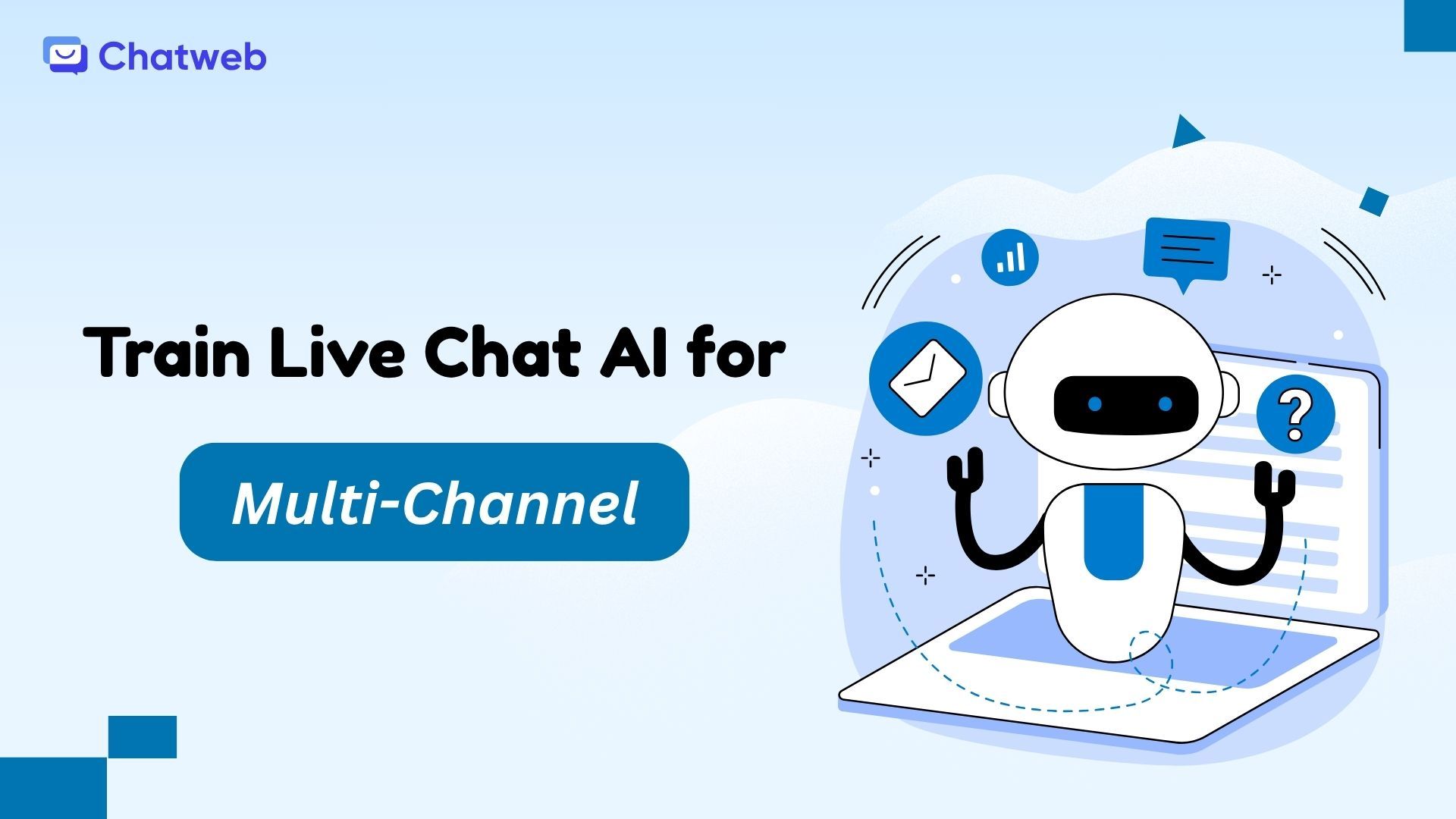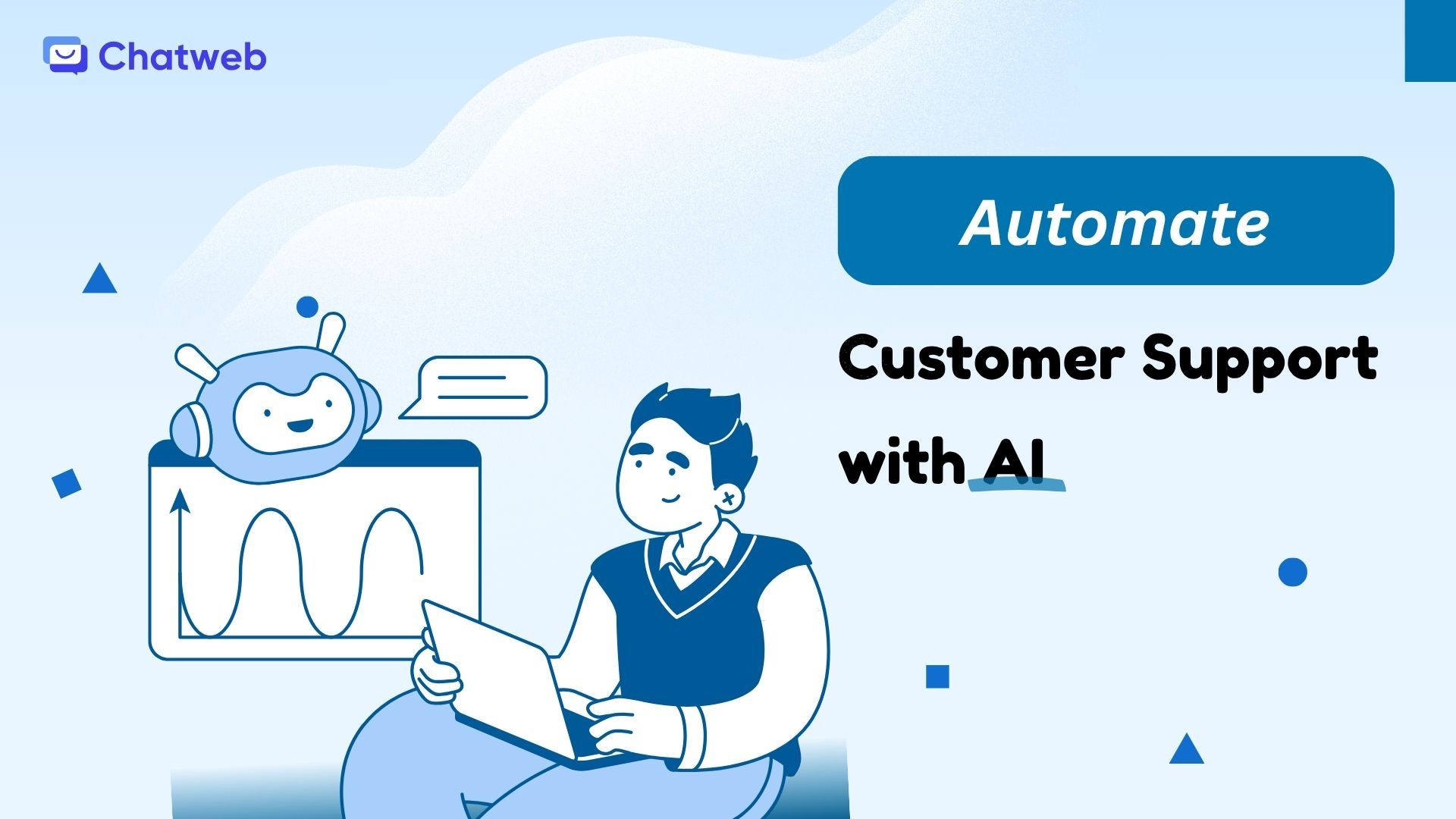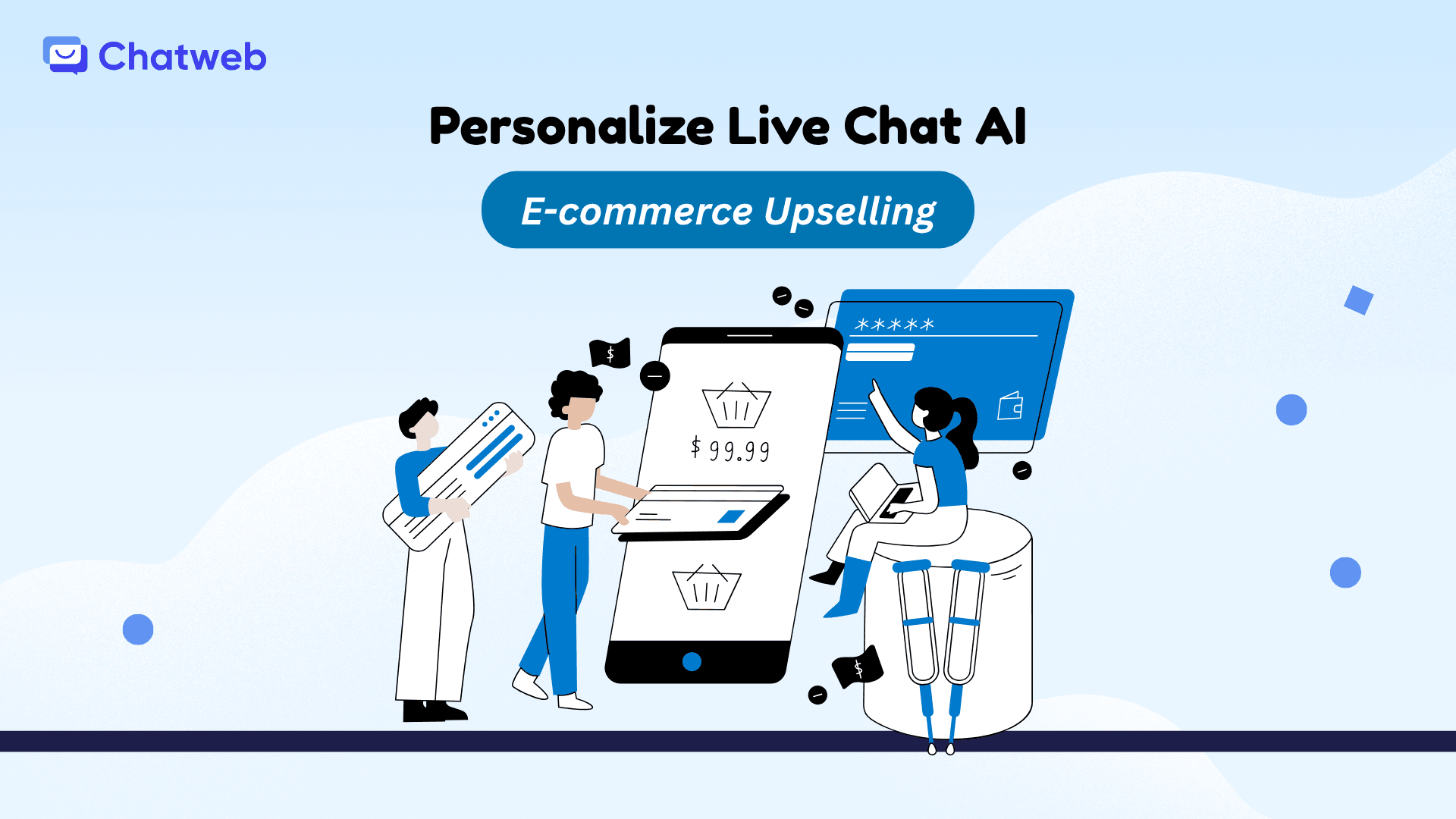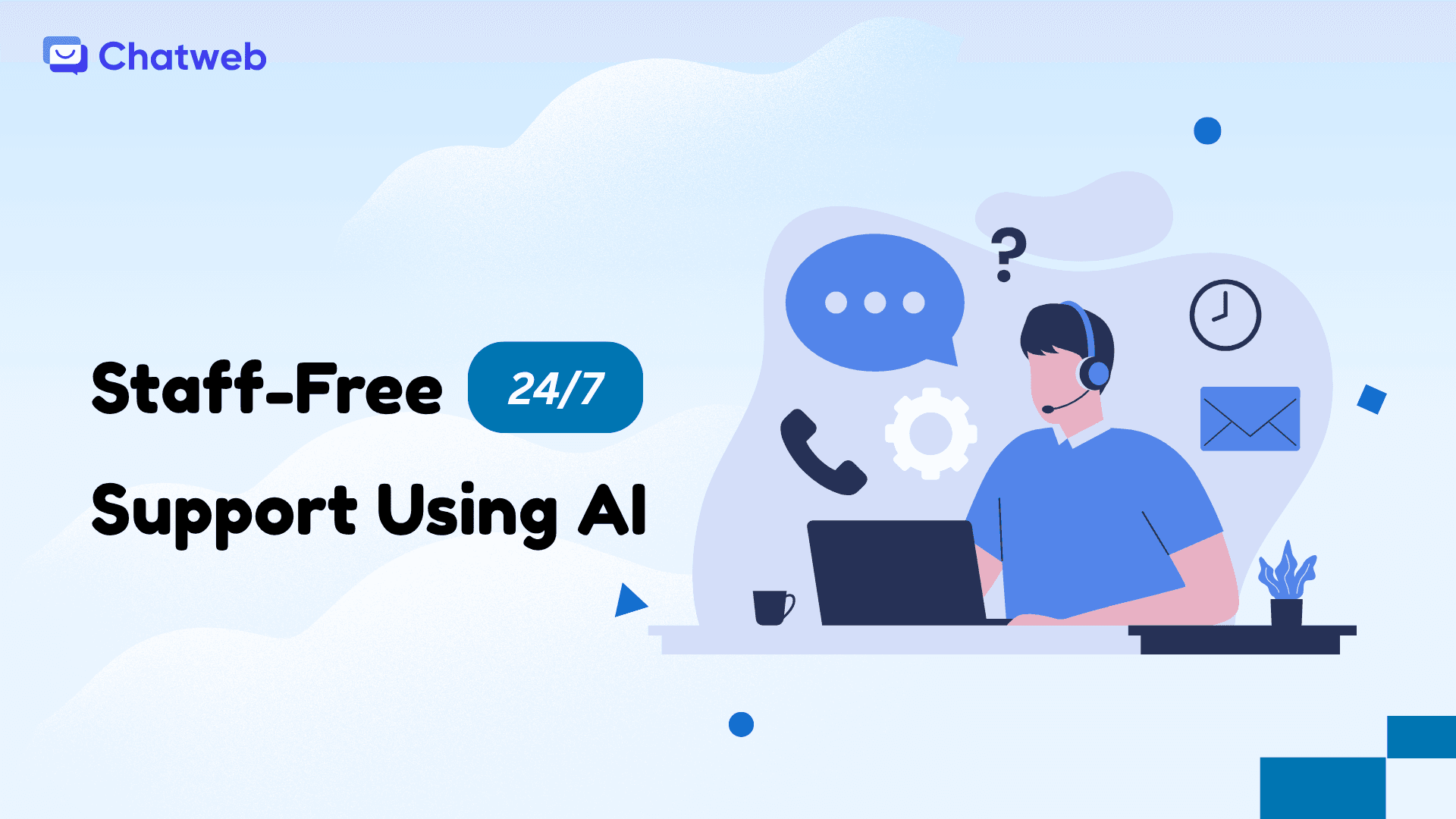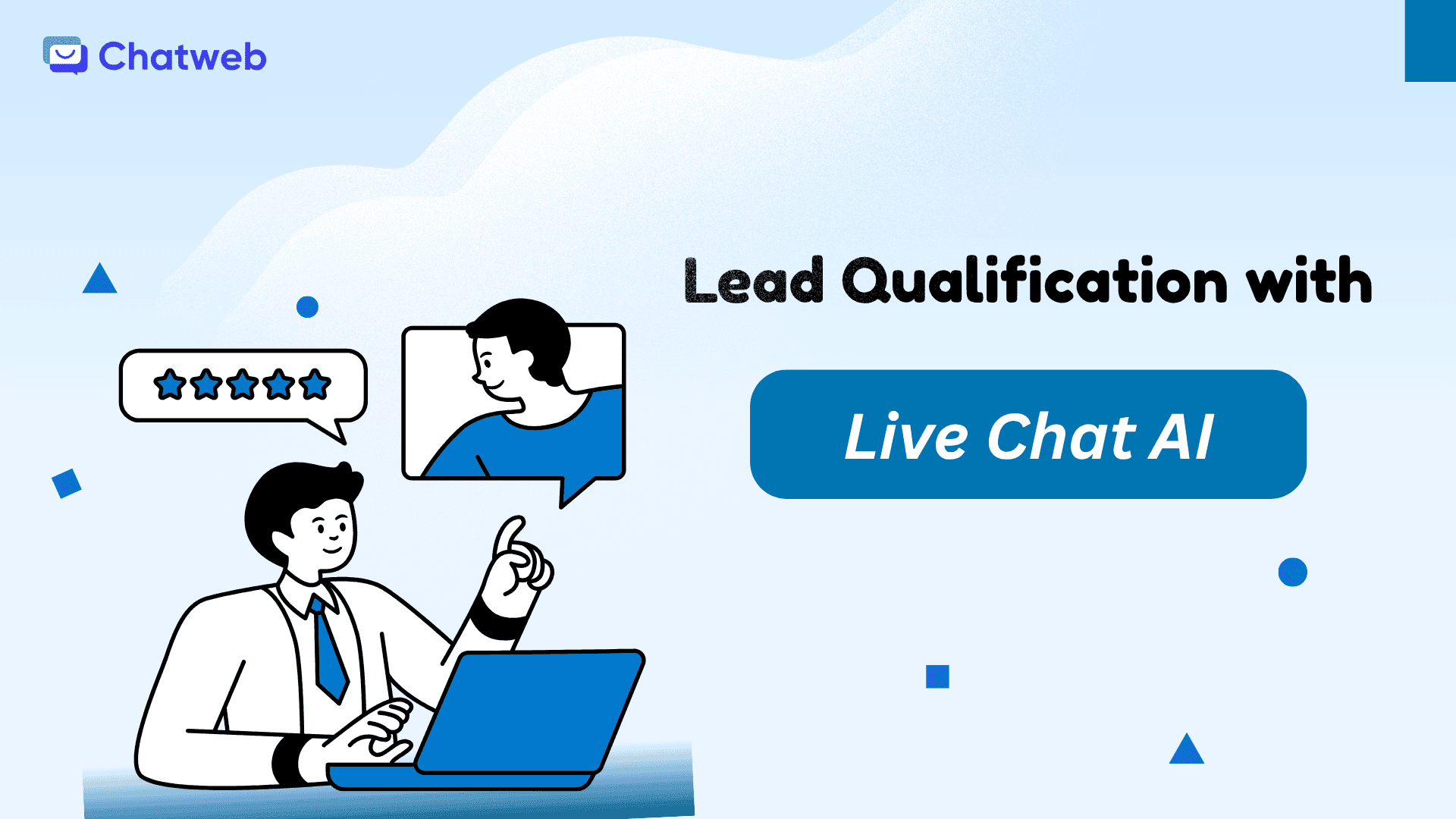As an SME owner, your customers are on the move—browsing, questioning, and buying from their phones while commuting, waiting in line, or lounging on the couch. Mobile traffic dominates, and if your live chat AI isn’t optimized for small screens, quick taps, and short attention spans, you’re losing sales and loyalty before the conversation even starts. A mobile-first live chat AI delivers instant, frictionless support that feels native to the device, turning casual scrolls into completed checkouts.
This guide shows you how to optimize live chat AI for mobile-first customer service to keep your SME competitive. We’ll cover why mobile optimization is non-negotiable, a step-by-step implementation plan, key strategies with practical examples, and pitfalls to avoid for your e-commerce, service, or B2B operation. Let’s make your chat thumb-friendly.
1. Why Mobile-First Optimization Matters for Live Chat AI
Mobile isn’t a secondary channel—it’s the primary one. Customers expect support that loads instantly, fits their screen, and respects their limited patience. A chat widget that covers half the page, demands endless typing, or lags on 4G frustrates users into abandonment. Conversely, an optimized AI chat feels like a helpful notification: quick to appear, easy to use, and packed with value.
For SMEs, mobile-first AI is a leveler. You don’t need a massive app; a smart chat can handle queries, recover carts, and upsell on the fly. Poor optimization, though, kills conversions—think tiny close buttons or walls of text on a 6-inch screen. The goal: Make every mobile interaction faster and smoother than calling support. Here’s how to build it.
2. Step-by-Step Guide to Optimizing Live Chat AI for Mobile
Optimizing for mobile doesn’t mean starting from scratch. With tools like Chatweb, SMEs can adapt in days. Follow this roadmap to create a chat that shines on smartphones.
2.1. Audit Your Current Mobile Experience
Before tweaking AI, understand where mobile users struggle on your site and in chats.
How to Do It:
- Use tools like Google Analytics to identify mobile drop-off points (e.g., product pages, checkout).
- Review past mobile chats: Common complaints? (e.g., “Can’t type easily,” “Chat covers button.”)
- Test your site on real devices: iPhone, Android, various screen sizes. Note load times, widget placement, input ease.
- List must-fix issues: Slow widget, overlapping elements, excessive scrolling.
This audit pinpoints what your AI optimization must solve.
2.2. Select a Mobile-First Live Chat Platform
Not all chat tools are equal on mobile. Choose one engineered for speed and touch.
How to Do It:
- Prioritize:
- Sub-second load times.
- Responsive, compact widgets (bottom corner, collapsible).
- Touch-optimized UI: Large buttons, minimal typing.
- Offline capability for spotty connections.
- Chatweb offers mobile-native design, loading in under a second even on 3G.
- Free trial test: Open your site on a phone, trigger the chat, and evaluate smoothness.
2.3. Design a Mobile-Centric Knowledge Base
Your AI needs answers tailored for mobile brevity—short, scannable, and action-oriented.
How to Do It:
- Rewrite FAQs for mobile: 1-2 sentences max, with links or buttons.
- Example: Instead of “Returns are accepted within 30 days…,” use “Return in 30 days—free label? [Yes] [No].”
- Include rich elements: Quick-reply buttons, carousels for options, emojis for clarity (sparingly).
- Store in Chatweb’s dashboard for real-time AI access.
2.4. Craft Mobile-Optimized AI Prompts
Prompts must account for mobile constraints: Limited screen real estate, thumb navigation, and impatience.
How to Do It:
- Structure prompts with:
- Brevity: 140 characters or less per message.
- Buttons: For choices (e.g., “Track Order,” “Speak to Agent”).
- Proactive Timing: Trigger after 10-15 seconds of inactivity.
- Context: Use mobile signals (e.g., “On checkout page”).
- Example Prompt: “You’re a helpful chatbot. On mobile product page, after 12 seconds: ‘Need sizing help? [Small] [Medium] [Large] or [Size Guide].’ If cart abandonment detected: ‘Leaving so soon? Add to cart for 10% off—[Add Now] [No Thanks].’”
- Avoid open-ended questions; favor quick replies.
2.5. Implement Touch-Friendly UI Elements
Mobile users tap, not click. Your chat interface must prioritize thumbs over cursors.
How to Do It:
- Widget: Bottom-right, collapsible to a floating bubble.
- Input: Predictive text, voice-to-text option, large send button.
- Responses: Card format with images, tappable CTAs (e.g., “View Cart”).
- In Chatweb, enable “Mobile Mode” for auto-optimized layouts.
2.6. Set Up Proactive Mobile Triggers
Don’t wait for taps—anticipate mobile user needs based on behavior.
How to Do It:
- Triggers:
- Scroll 50% down product page → Size/help offer.
- Cart open 20 seconds → “Qualify for free shipping? Add $10 item.”
- Exit intent (finger swipe up) → “Quick question before you go?”
- Configure in Chatweb’s rules engine; test to avoid annoyance.
2.7. Test Rigorously on Real Mobile Devices
Desktop testing won’t cut it. Validate every flow on actual phones.
How to Do It:
- Devices: Budget Android, latest iPhone, tablet.
- Scenarios: Low battery, poor signal, one-handed use.
- Metrics: Load time <1s, first response <2s, tap-to-action <3 taps.
- Gather feedback: Run a soft launch with 50 mobile visitors.
2.8. Monitor and Iterate Continuously
Mobile trends shift—new devices, OS updates, user habits. Keep AI sharp.
How to Do It:
- Weekly reviews: Chat logs, abandonment points, button click rates.
- Update prompts for new products or seasonal needs.
- Use Chatweb analytics to track mobile-specific KPIs.
This process gets you mobile-ready in 1-2 weeks, with ongoing tweaks for perfection.
3. Key Strategies for Mobile-First Live Chat AI Success
Optimization requires more than setup—execute with intent. Here are six strategies to make your mobile AI a customer magnet.
3.1. Prioritize Speed Above All
Mobile users bail on anything slower than instant. Every millisecond counts.
Strategy: Minify code, cache responses, use CDN for widget delivery.
Example: Pre-load common answers (e.g., shipping policy) so AI replies in <500ms.
Why It Works: Speed retains attention and trust.
3.2. Replace Typing with Taps
Typing on mobile is painful. Buttons and quick replies rule.
Strategy: 80% of interactions via predefined options.
Example Prompt: “What do you need? [Track Order] [Size Help] [Return Info] [Talk to Human].”
Why It Works: Reduces effort, speeds resolution.
3.3. Use Visual Cues for Clarity
Small screens demand scannability. Leverage formatting.
Strategy: Bold key info, bullet responses, product thumbnails.
Example: “Your order: #1234
Status: Shipped
ETA: Oct 15
[Track Package].”
Why It Works: Customers grasp info at a glance.
3.4. Recover Abandoned Carts Proactively
Mobile carts abandon fast. AI can intervene at the perfect moment.
Strategy: Trigger on back-button or swipe-up.
Example Prompt: “Almost done! Add payment method for 5% off—[Continue Checkout] [No Thanks].”
Why It Works: Salvages revenue without intrusion.
3.5. Personalize with Mobile Context
Use device signals for hyper-relevant help.
Strategy: Detect location (with permission), time of day, or connection type.
Example Prompt: “On slow connection: ‘Light mode activated for faster loading. Need help?’”
Why It Works: Shows empathy and intelligence.
3.6. Seamless Handoff to Human Agents
When AI can’t solve it, transfer without losing mobile context.
Strategy: One-tap escalation with full chat history.
Example: “Connecting you to Sarah—she’ll pick up right where we left off.”
Why It Works: Maintains flow, prevents repetition.
These strategies turn mobile constraints into competitive advantages.
4. Common Pitfalls to Avoid in Mobile Optimization
Even solid plans falter. Steer clear of:
- Intrusive Widgets: Full-screen popups block content. Use subtle bubbles.
- Text Walls: Paragraph responses overwhelm. Break into messages.
- Ignoring Battery/Data: Heavy animations drain resources. Keep lightweight.
- No Offline Support: Users on trains lose connection. Queue messages.
Test in real-world mobile conditions to catch these early.
5. How to Get Started with Mobile-First AI Today
Ready to make mobile your strongest channel? Follow this plan:
- Audit Mobile Pain Points: Identify drop-offs and chat issues.
- Choose Chatweb: For instant mobile optimization.
- Rewrite for Mobile: Shorten answers, add buttons.
- Set Triggers: Proactive on key pages.
- Test on Devices: Real phones, real networks.
- Launch and Refine: Start with one category, iterate weekly.
Begin small—optimize your checkout chat—and expand as you see wins.
Conclusion
Mobile-first live chat AI isn’t optional—it’s how SMEs survive and thrive. By delivering speed, simplicity, and relevance on small screens, you turn fleeting visits into loyal customers and higher revenue. Use the steps and strategies above to build a chat that feels like an extension of the mobile experience, not an afterthought.
Ready to dominate mobile support? Try Chatweb, the AI live chat platform engineered for mobile-first SMEs. Share your toughest mobile challenge in the comments, and let’s figure out how Chatweb can help. Start your free trial today and make every thumb-tap count!

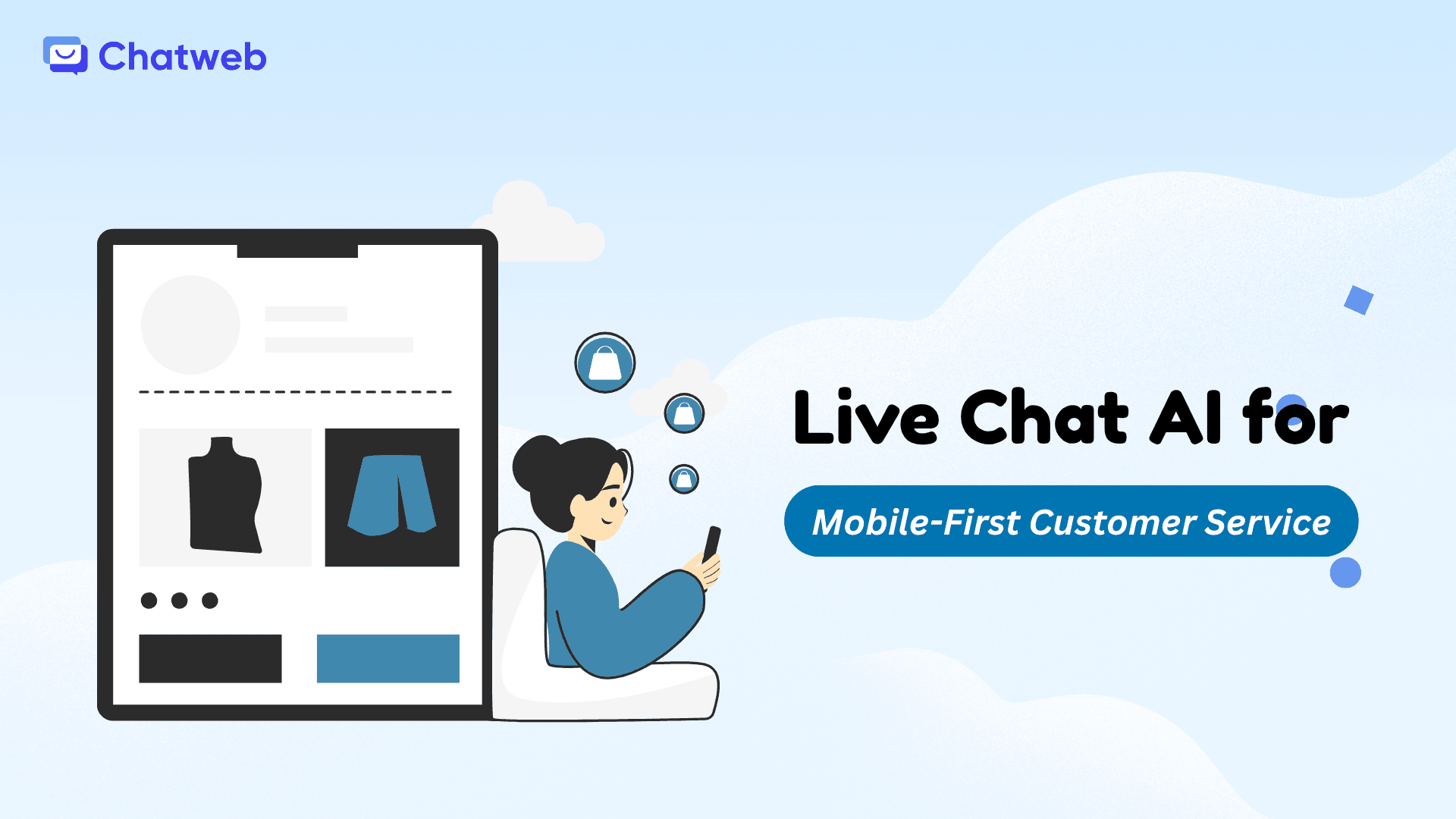
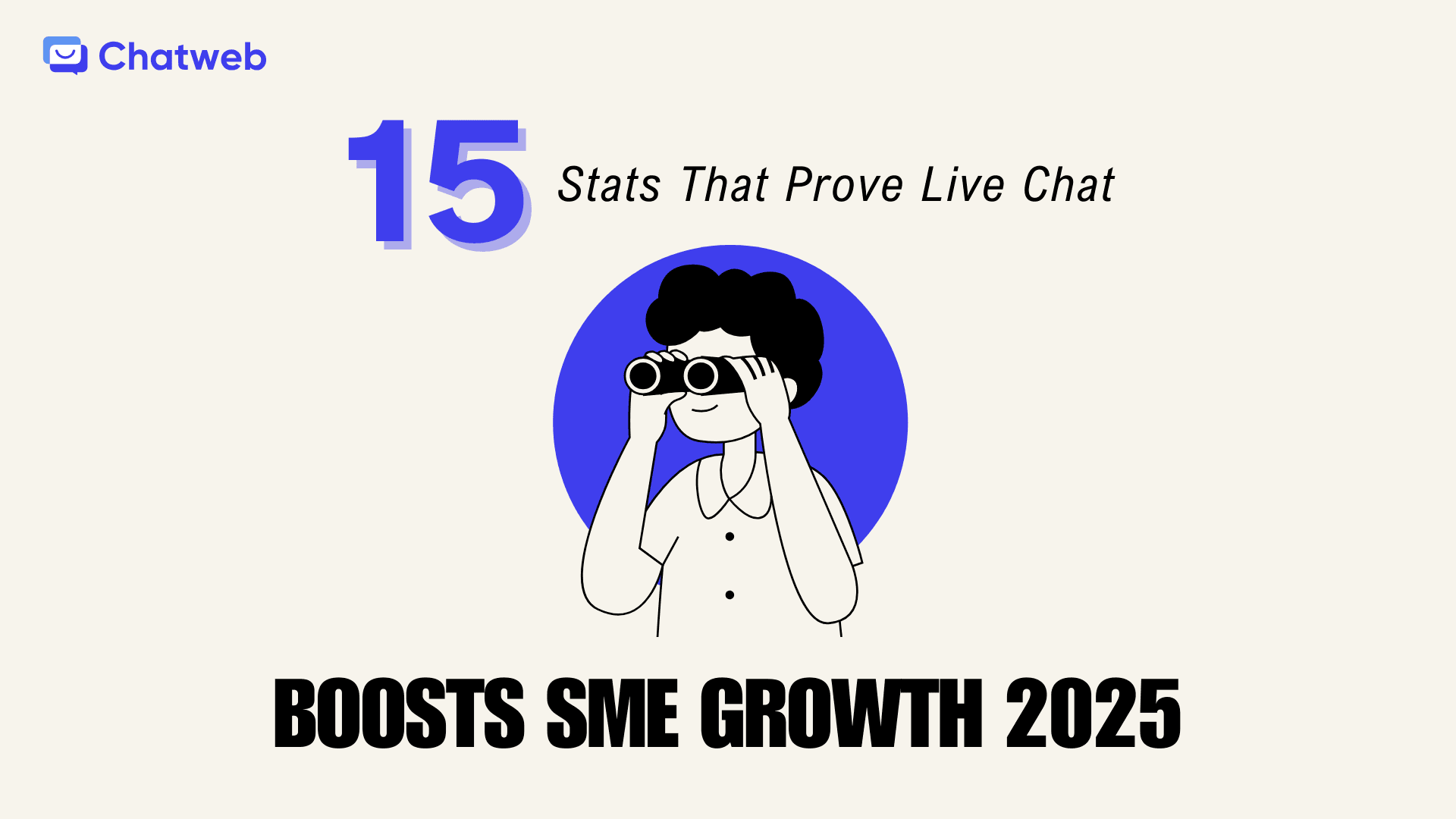

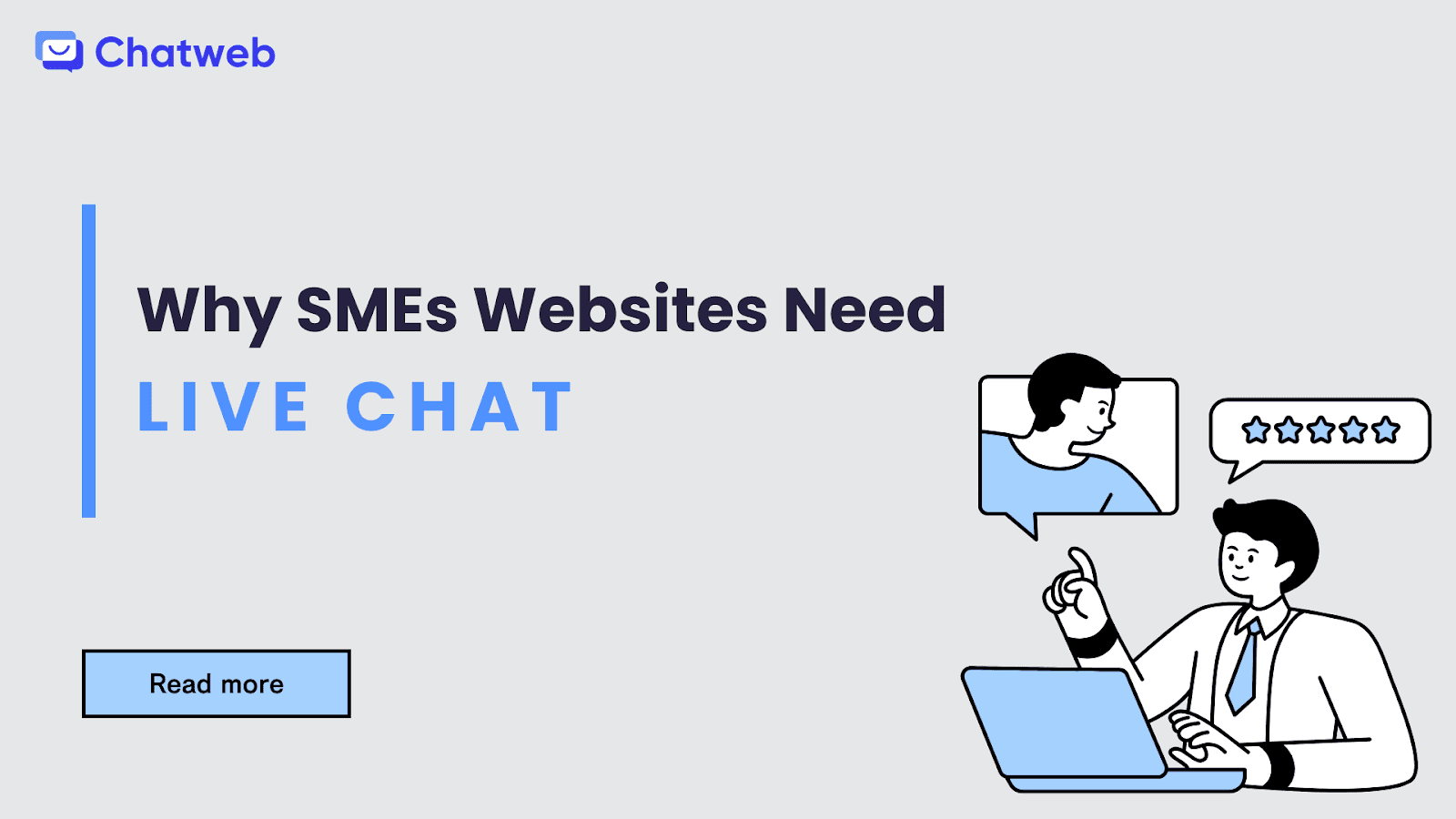
![[PayPal x Chatweb] Chatweb is now an official PayPal Payment Partner!](https://assets-content.aifusionlab.io/image_c1163cbd0d.png)


